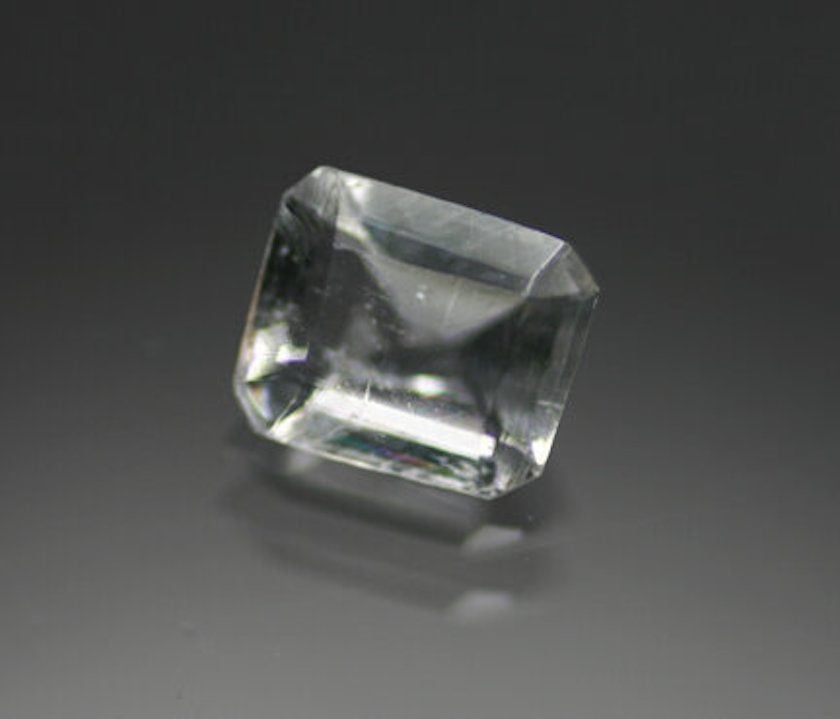Chiolite Value, Price, and Jewelry Information
Chiolite makes a challenging gem. It's difficult to cut, extremely rare, and has little appeal. It's solely a curiosity in the gem world.
1 Minute Read
Chiolite makes a challenging gem. It’s difficult to cut, extremely rare, and has little appeal. It’s solely a curiosity in the gem world.
Start an IGS Membership today
for full access to our price guide (updated monthly).Chiolite Value
Comments
Less than two dozen or so cut chiolites may exist. This gem combines a very low hardness (3.5-4) and perfect cleavage with a lack of appealing colors. The stones are usually small and nondescript. However, chiolite has joined the ranks of minerals cut by faceters who must try their hand at everything clean enough to cut. Thus, a cut stone would make quite a specimen for a gem collection.
This nondescript gem also has a very similar name to cryolite, a similar, related mineral. Cryolite means "ice stone," while chiolite means "snow stone." Like their namesakes, they're sometimes found together. However, chiolites are rarer.
Synthetics
No known synthetics or treatments.
Sources
The mineral itself is quite rare. Ivigtut, Greenland, is the principal source of gem-quality material, where it occurs in association with cryolite. Other gem-quality sources include Miask, in the Urals region of Russia, where it's found in a cryolite pegmatite.
Stone Sizes
Always tiny, 1-2 carat range, if clean. Large, clean fragments for cutting do not exist.
Care
A knife could scratch this stone. Store any chiolites separately from other more common, harder jewelry stones, such as quartz or topaz. See our Gemstone Jewelry Cleaning Guide for care recommendations.
Joel E. Arem, Ph.D., FGA
Dr. Joel E. Arem has more than 60 years of experience in the world of gems and minerals. After obtaining his Ph.D. in Mineralogy from Harvard University, he has published numerous books that are still among the most widely used references and guidebooks on crystals, gems and minerals in the world.
Co-founder and President of numerous organizations, Dr. Arem has enjoyed a lifelong career in mineralogy and gemology. He has been a Smithsonian scientist and Curator, a consultant to many well-known companies and institutions, and a prolific author and speaker. Although his main activities have been as a gem cutter and dealer, his focus has always been education. joelarem.com
Related Articles
Black Diamond Value, Price, and Jewelry Information
Chameleon Diamond Value, Price, and Jewelry Information
Gray Diamond Value, Price, and Jewelry Information
Green Diamond Value, Price, and Jewelry Information
Latest Articles
Celebrity Engagement Rings
Ruby and Sapphire Grading Tools
Cerussite Value, Price, and Jewelry Information
Ouro Verde Quartz: History and Treatment
Never Stop Learning
When you join the IGS community, you get trusted diamond & gemstone information when you need it.
Get Gemology Insights
Get started with the International Gem Society’s free guide to gemstone identification. Join our weekly newsletter & get a free copy of the Gem ID Checklist!
